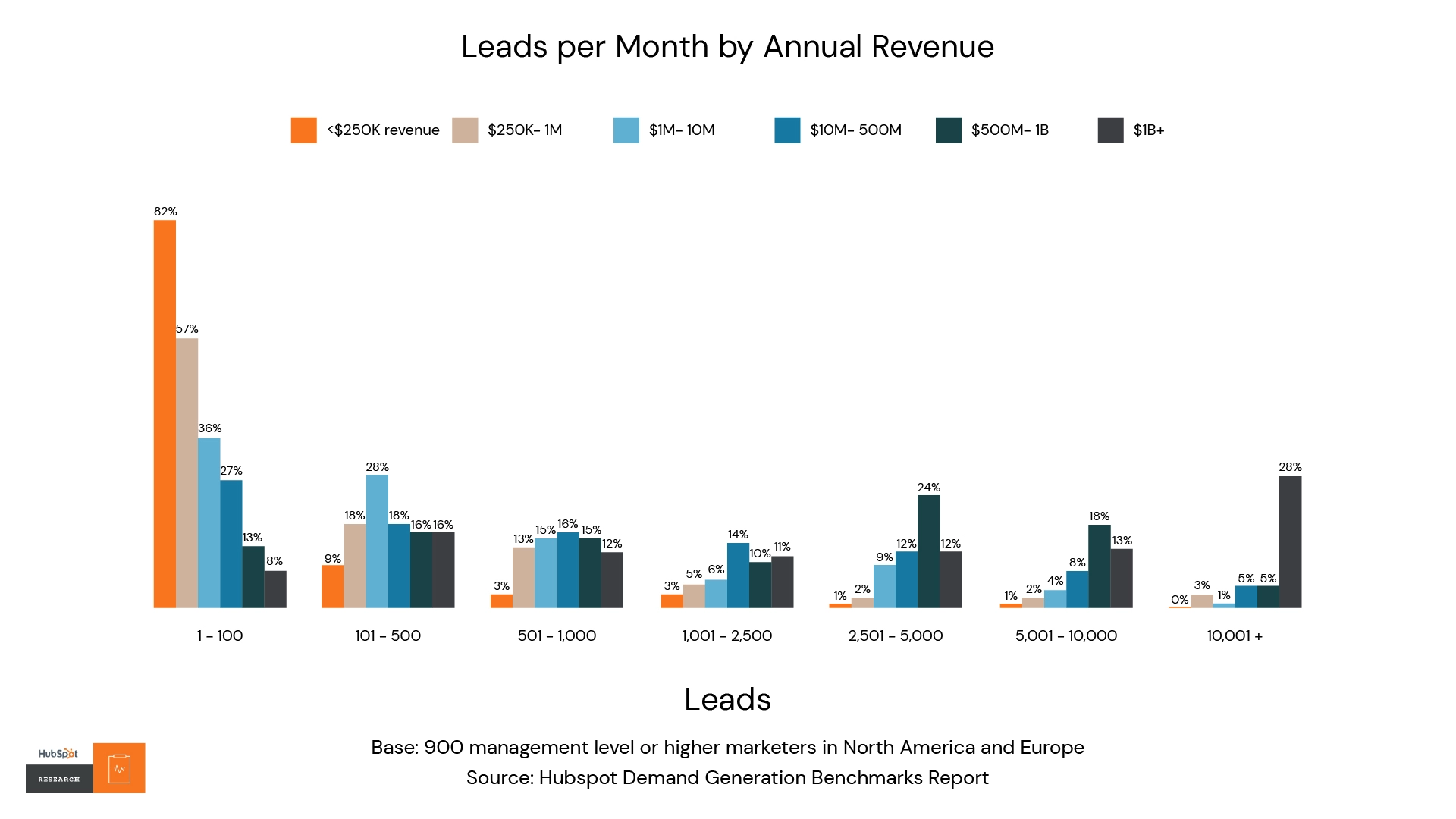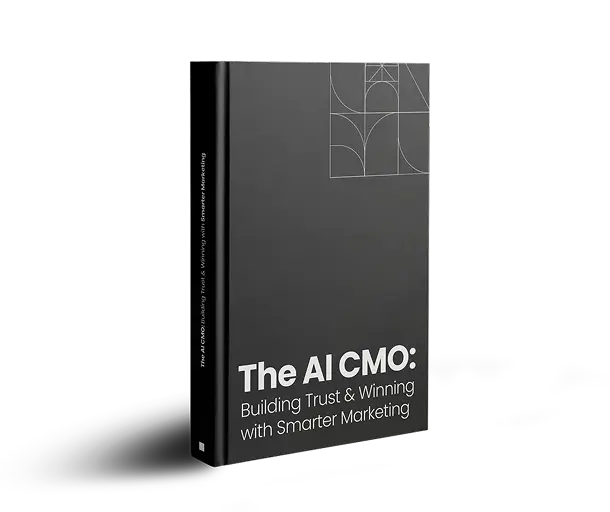
Introduction
USA and Canada are two countries existing in the same continent, but that are quite different in some ways. For instance, one b2c report shows that although the Canadian’s spend about 39 hours online monthly on desktop, (75 hours including mobile), their adoption of online shopping is a lot lower than that of shoppers in the US. The US is also more economically developed and vibrant than Canada. However, economic growth reports from 2017 and 2018 show stable growth for Canada, effectively positioning the country as a B2b leader, alongside the United States and countries in the Asia-Pacific region. As new opportunities emerge in Canada, so too do marketing strategies. Businesses of all sizes have to improve their lead generation approach to embrace digital trends that have already taken root in the US.
Which brings us to a key similarity between Canada and the US. To quote summary notes from a report by eMarketer on Canadian B2b, “Content marketing systems, social media management platforms and account-based marketing (ABM) are the leading B2B tech categories. An increased focus on analytics generated by these systems is leading to greater personalization of programs aimed at business audiences”. What’s more, just like the US, the wide adoption of digital marketing strategies due to their low cost and measurability has changed the b2b lead generation platform significantly.
What is Lead Generation?
Inbound marketing refers to the process used by marketers to find potential customers. In inbound marketing, this process begins even before prospects are aware, they have a need for a product or service. Through the lead nurturing process, prospects are then made aware of a brand and are nurtured to a point of preference and then purchase. This method differs from outbound marketing, where b2b marketers rely on cold calls, untargeted print-and-tv advertisements, and tradeshows, to push their brands to an unsegmented market.
Today, thanks to wide availability of the internet, extensive reach of mobile devices and pervasive nature of social media, the buyer is more in control. B2B prospects with purchasing power use content to self-educate. This is both an advantage and a challenge; the challenge is that as an inbound marketer, you have to reach such potential buyers with content that will enable them to find you. The advantage is that if your content is relevant and helpful, valuable leads will find you.
Being some of the most technologically advanced markets, US and Canadian markets are quite competitive when it comes to lead generation. Buyers have a lot of choice and this can make it difficult to break through all the brand noise and stand out. Reaching your target market begins with a sound lead generation strategy. You probably already know that, tut having tried your hand at some of the strategies we will discuss below, you now know that it’s all easier said than done. This is especially for small and medium businesses, where time is money, and you don’t have an abundance of either.
Insights from Current Industry Data
You will only know if your lead generation strategy is as successful as it should be if you compare yourself to other companies. Market reports and surveys are a great place to start. For instance, Hubspot, in partnership with Qualtrics, surveyed over 900 marketers drawn from Europe and North America. From that report, it was clear that:
- There is a direct correlation between revenue and number of leads generated. More than 70% of companies that don’t meet their revenue goals generate less than 100 leads per month.
- Successful companies have a better understanding of their customer landscape. 74% of unsuccessful companies do not know the number of visitors, marketing qualified leads, or high quality leads they generate.
Does this kind of performance sound familiar to you? The fact is, a lot of b2b marketers are still struggling with lead generation. And who can blame them? The b2b consumer is a tough nut to crack. It is no wonder that b2b companies utilize B2B Lead generation services to stand a higher chance of success.
So, How Can You Succeed at Lead Generation?
Below are six tips to help you drive a successful lead generation campaign:
1. The More Leads the Better. You Need Leads to Generate More Revenue
As mentioned above, you can only start meeting your revenue goals if you are generating as many leads as possible. Consider the table below. The higher the annual revenue, the more the leads generated. Only 8% of companies with over $1 billion in revenue generate under one hundred leads in a month. Compare this with 82% of companies in the $250,000 annual revenue range. This means that as long as you consistently focus on lead generation, you are more likely to succeed.

Figure 1: Successful companies focus on generating leads
2. Leverage the Power of Software
Another important factor that emerged in survey mentioned above is that successful companies use software and systems to automate their lead generation. For instance, up to 41% use marketing automation software. Note that software is not a preserve of companies with big budgets; there are a lot of software options available for companies that do not have a lot of budget to spare.

Figure 1: Successful companies focus on generating leads
Lead generation software tell you a lot about the visitors who land on your website. For instance, their names, email addresses, pages visited, their on-page activities and activities before they fill out a lead generation form. Without the right software, you will not collect the insights you need to convert your leads into customers.
3. Create Customized Offers for Leads in Different Stages of the Buying Cycle
Website visitors come in all shapes and sizes; some are just browsing, some are ready to buy, others want a demo, while others want to speak to someone immediately. Their intentions and actions will depend on where they are in the buyer’s journey. If a lead is at the top of the funnel, they will want to learn more. Target them with an eBook or a video guide. In the same vein, offer free trials or product discounts to increase conversion likelihood for leads closer to the bottom of the funnel.
The CTAs should also be customized to each message and stage. While customizing your messages takes time, it pays off. It makes no sense to offer a discount to someone at the top of the funnel whereas they are a long way from buying.
A good example is this call-to-action from our website. Visitors at the top of the funnel can read our case studies to learn more, while those who are lower in the funnel can simply click on “REQUEST A FREE QUOTE”.

Figure 3: Example of top of the funnel and bottom of the funnel CTAs
4. Be Consistent and Deliver
If you want a lead generation that has a high conversion rate, you have to give your leads what you promise them. If you promise value, make sure that this message is consistent throughout. Avoid over-hyped ads that over-promise because although they may attract clicks, those clicks will come with a high bounce rate if visitors find that your offering doesn’t deliver value as promised.
In addition, ensure that every campaign you run is consistent with what visitors will see on your website. If you use an image on a Facebook Ad for instance, they should be able to find the same image on your website. This goes for logos as well. Consistency builds trust; inconsistency does the opposite.
5. Create a Landing Page for Your Offers
If you want your offer to stand out, you need to create a sperate landing page for it. The only reason they click on your CTA is because they are interested in your offer; if you drive them to another page, you will only divert their attention or worse still, they may end up exiting your site in frustration. This is not good for your conversion rate. Again, it’s important to mention here that creating high-converting landing pages takes time, patience, skill and testing. For this reason, before you launch your new campaign, ensure that your landing page will leave a good impression.
6. Generate Leads on Social Media
Social media can fit in any stage of your lead generation campaign, but you need to use it strategically by doing the following:
- Find out which social media platforms are most popular with your target group. LinkedIn is the most popular platform for B2B, but does your target consumer prefer LinkedIn, over say YouTube, or twitter?
- Add links to your social media posts, that direct visitors back to your landing pages.
- Use analytics to monitor posts that generate the most leads. Improve on those posts and promote them more.
- Run contests. Giving prizes and free gifts increases engagement and encourages people to sign up.
- Use lead gen forms. Twitter, Facebook and LinkedIn all have lead generation capabilities that you can take advantage of.
- Use PPC. Pay per click ads display on google and other search engines. As long as your ads feature the right keywords, you can take advantage of the massive user traffic on google, Bing and other SERPs.
Conclusion
That’s it! As you try out the tips discussed above, don’t forget that your strategy will have more chances of success if you track, perform A/B tests, make necessary changes to your campaigns and use a multi- channel marketing approach.
The onus is on you now, to find some benchmark reports for your industry, discover how your performance measures up to your competitors, come up with a lead generation strategy, create some great content and start generating more leads. As always, if all this is too much for you, CONTACT US to help you figure out your Account based marketing (ABM) needs or for other digital marketing services such as content syndication.
Our blog
Latest blog posts
Tool and strategies modern teams need to help their companies grow.

Video has emerged as one of the most effective tools to cut through the noise and con...

The way B2B buyers research, engage, and decide has changed and so must the way marke...

Channel marketing helps B2B companies grow by partnering with third-party sellers. It...






